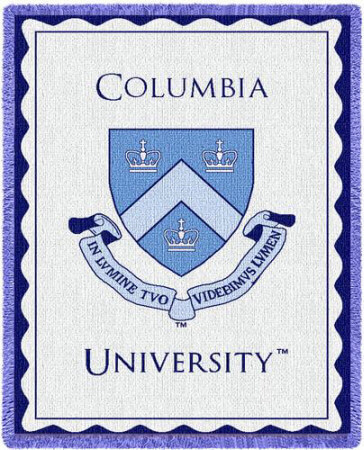In my last two posts, we looked at ways to make up time with probability questions on the GRE by quickly eliminating answer choices, and then guessing the correct answer. In those posts, we examined the following question:
From a group of 5 managers (Joon, Kendra, Lee, Marnie and Noomi), 2 people are randomly selected to attend a conference in Las Vegas. What is the probability that Marnie and Noomi are both selected?
(A) 0.1
(B) 0.2
(C) 0.25
(D) 0.4
(E) 0.6
In this post, we’ll examine 2 different ways to find the correct solution to this question.
To begin, it’s important to know that, when it comes to probability questions, we often have 2 distinct approaches to choose from:
- Apply various probability rules
- Apply counting techniques and the standard probability formula
For some questions, it may be best to apply probability rules, and, in other cases, it may be best to use counting techniques. The approach you choose may also depend on your level of comfort with each strategy.
1. Applying Probability Rules.
To apply probability rules, I’ll first ask, “What needs to occur in order for both Marnie and Noomi to be selected?”
Well, the first person selected must be either Marnie or Noomi AND the second person selected must be the remaining person. At this point, I know that I can apply the AND probability rule to solve this question.
The “AND” probability formula looks something like this: P(A AND B) = P(A) x P(B)
Aside: Please note that there are different ways to represent this formula. One involves using conditional probability, which has some complicated notation. Rather than use this notation, I’ll just add an important stipulation to the above formula. The stipulation is when we calculate P(B), we must assume that event A has already occurred.
Okay, now let’s solve the question.
I know that P(Marnie and Noomi are both selected) = P(one of the two friends is selected first, AND the remaining friend is selected second)
When we apply the formula, we get:
P(M and N both selected) = P(one of the two friends is selected first) x P(the remaining friend is selected second)
Now, what is the probability that one of the two friends is selected first? Well, there are 5 people to choose from, and we want one of the 2 friends to be selected. So, the probability is 2/5 that one of the two friends is selected first.
Now, we need to find the probability that the remaining friend is selected second. Well, first we will assume that one of the friends was already chosen on the first selection. So, at this point there are 4 people remaining, and 1 of those 4 people is the remaining friend. So, the probability is 1/4 that remaining friend is selected second.
This means that P(M and N both selected) = (2/5) x (1/4) = 1/10
So, the correct answer is A.
2. Applying Counting Techniques.
To apply counting techniques, we will use the fact that, if we have an experiment where each outcome is equally likely to occur, then
P(A) = [# of outcomes where A occurs]/[total # of outcomes]
So, P(M and N both selected)= [# of outcomes where both are selected]/[total # of outcomes]
As I explained in my last post, it’s always best to calculate the denominator first. So, for the denominator in our question, we need to determine the total number of outcomes when 2 people are selected from a group of 5 people. Since the order of the selected people does not matter in the given question, we can apply the combination formula. So, we can select 2 people from 5 people in 5C2 ways. When we apply the combination formula, we see that 5C2= 10.
At this point, we need to determine the number of outcomes where Marnie and Noomi are both selected. In other words, in how many ways can we select 2 people such that both of those people are Marnie and Noomi?
Well, there’s only 1 way to do this; select both Marnie and Noomi.
So, P(M and N both selected)= 1/10
Now, some readers may question whether or not there is only 1 way to select both Marnie and Noomi. This is a valid question. After all, we could select Marnie and then Noomi, or we could select Noomi and then Marnie. This would mean that there are 2 ways to select both Marnie and Noomi. Seems reasonable enough. However, the important point to keep in mind is that, when we determined the value of the denominator, we assumed that the order in which the people are selected does not matter. So, when we determine the value of the numerator, we must once again assume the order in which the people are selected. This means that selecting Marnie and then Noomi is the same as selecting Noomi and then Marnie, in which case we cannot consider them as two different outcomes. So, there is only 1 way to select both Marnie and Noomi.






Leave a Reply